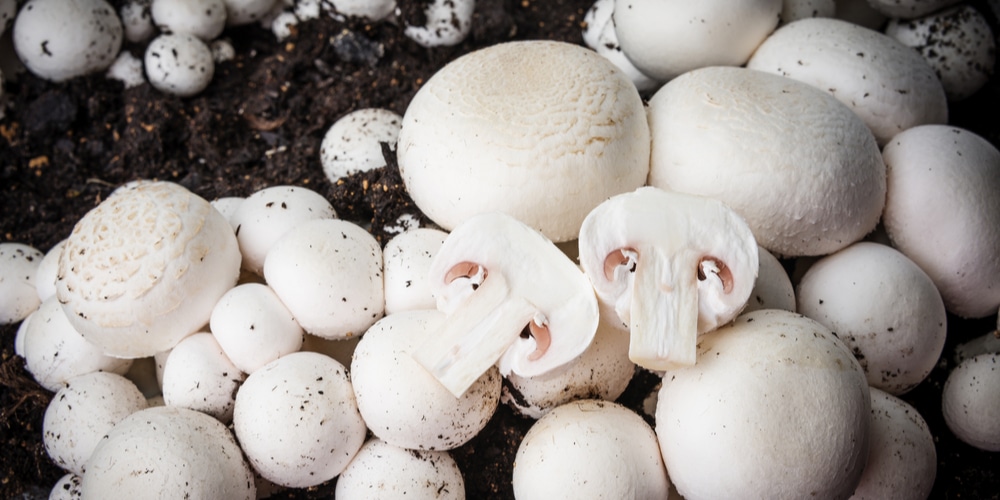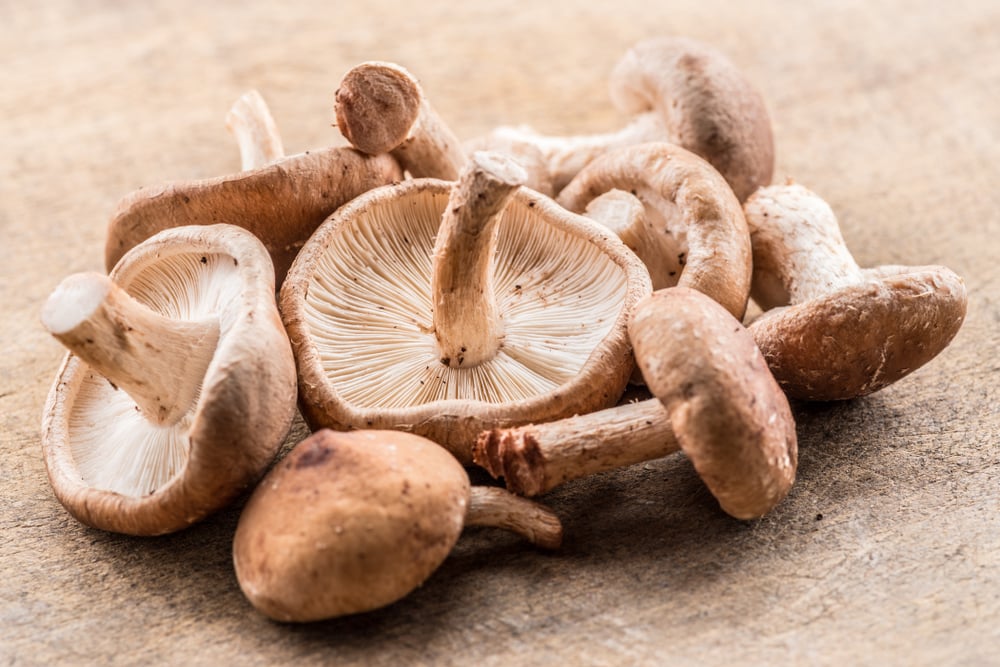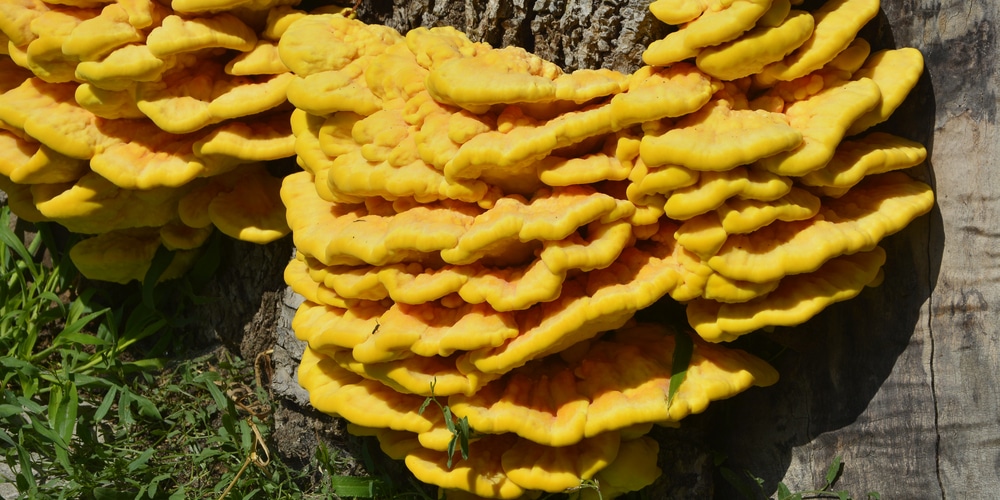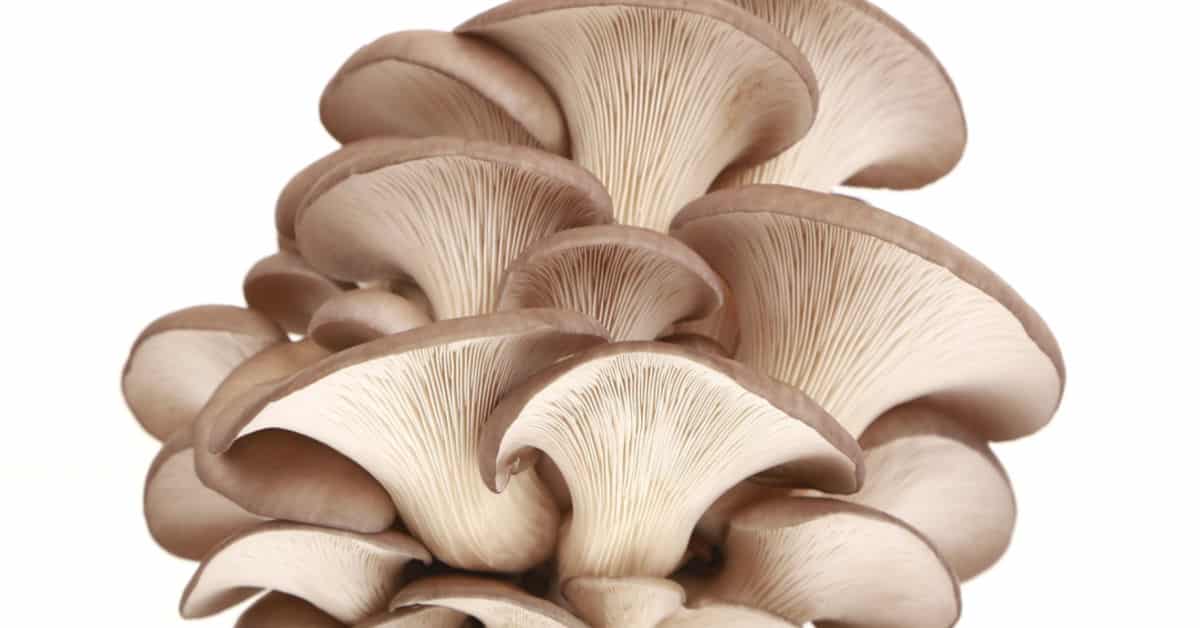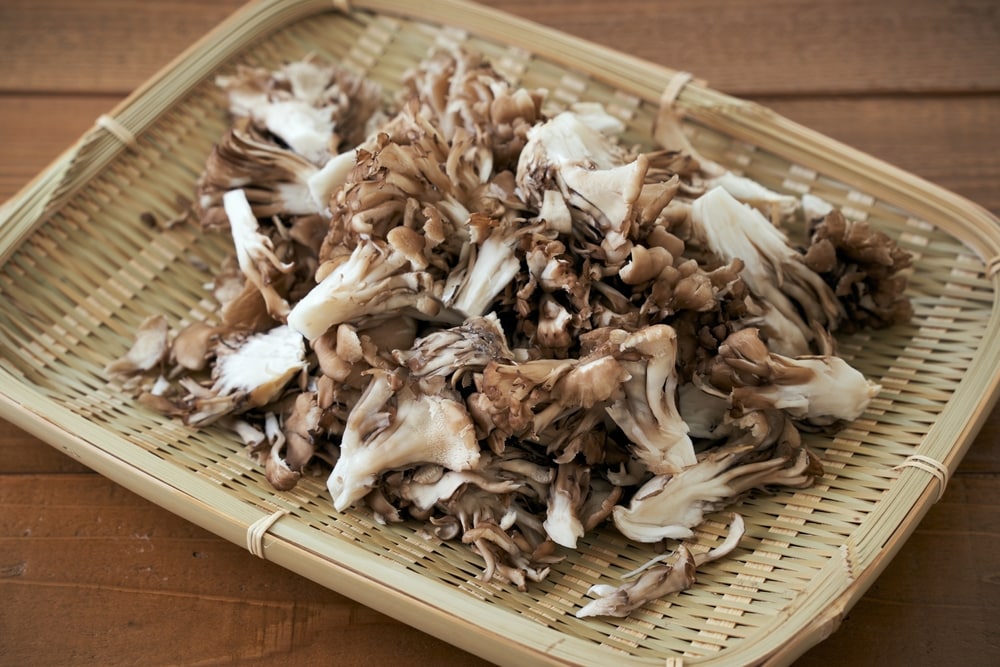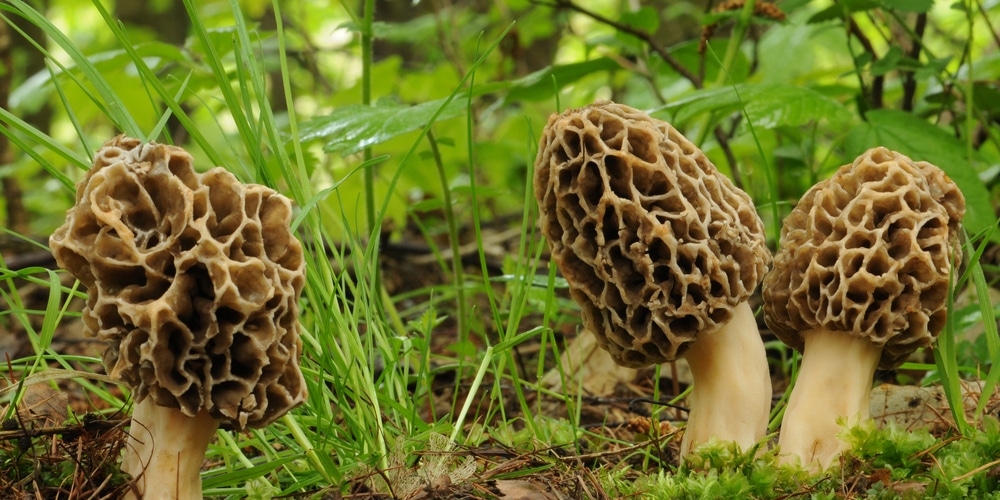Thinking of cultivating mushrooms that grow in clusters? You might be short on real estate and want to pack as many fungi as you possibly can.
Mushrooms That Grow in Clusters
Here are 7 mushroom varieties that grow in clusters.
Enoki Mushroom
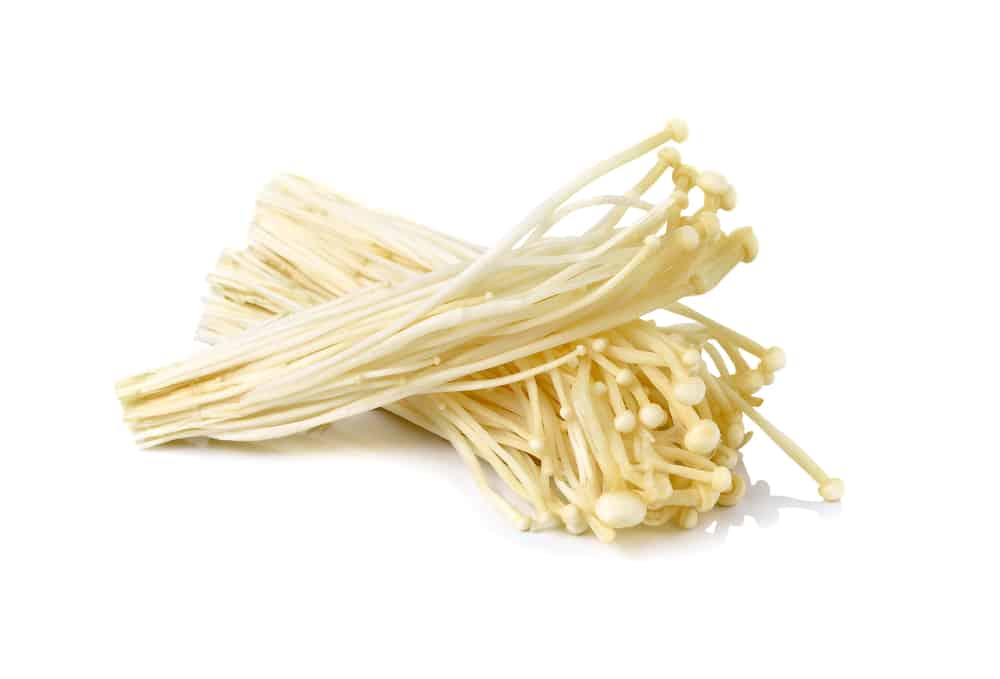
The Enoki mushroom species is one of the most popular mushrooms that grow in bunches. The fungi have a white, vanilla ice cream-like appearance with slender stems and small round caps at the top. In terms of flavor, Enoki mushrooms are usually mild and are paired with other ingredients as an appetizer, side dish, or soup.
This type of mushroom is good to have since it provides a significant amount of potassium and vitamin C. Flammulina filiformis is edible and can be ingested raw, and the fungi are plentiful enough that it’s available year-round.
White Button Mushroom
A common button mushroom that’s used in a lot of dishes all over the world, White Button has a similar grouping growth habit to that of the Enoki variety. The name fits the fungi’s description perfectly- plain white in color, with stout and sometimes thick stems and small to medium-sized caps.
White Button also has a mild flavor but it is a good source of vitamins, fiber, and protein. It’s related to portobello and brown button mushrooms, but each has its distinctive appearance and taste. Growing white buttons is easy as long as you meet its requirements.
Shiitake Mushroom
World-renowned fungi that sports a distinctive texture and flavor, Shiitake mushrooms grow in clusters on hickory and cherry trees, as well as maple trees and laurel oaks. This species goes by other names such as Golden Oak mushroom, Japanese mushroom, and Black Forest mushroom.
Shiitake mushroom growers usually have their fungi sitting on sawdust blocks or logs and are characterized by gray-black caps and thick brown stalks. It’s worth noting that this mushroom type is considered very healthy as it contains a lot of vitamins and protein.
Sulfur Shelf Mushroom
The Sulfur Shelf mushroom is unlike your average mushroom in terms of appearance. The fungi take on a rather colorful look, with pale yellow and orange highlights that give it the nickname ‘Chicken of the Woods’. The Sulfur Shelf can be found in the Rocky Mountains and in hardwood trees in the US and Europe.
You will find these fungi growing abundantly in the summer and fall season and on willow, oak, and chestnut trees. The caps assume a fan-like or semi-circular shape and grow up to 8 inches tall. Sulfur Shelf mushrooms have a meaty texture and are full of nutrients such as zinc, potassium, and magnesium, among others.
Oyster Mushroom
Normally found on dead stumps, fallen branches, dying hardwoods, and oak trees, Oyster mushrooms are the favorites of mushroom foragers in North America. You can easily spot them, thanks to their unusual shape and tendency to grow in bunches.
Oyster mushrooms are identified through their caps that are colored gray, white, or brown, and with close-knit and layered gills that are white or tan. This fungus has a height range of 2 to 8 inches tall and normally regrows in the same space where it was the previous year. People usually substitute oyster mushrooms for meat and enjoy them in soups or pasta.
Hen of the Woods
Hen of the Woods, aka Maitake mushroom, is an unusual specimen that grows via shelf-like clusters and on hardwoods such as oak. The name was given as it looks similar to a hen sitting down on the ground.
The fungi grow in the northeastern US, Japan, and China and are considered as perennial species. The caps are usually brown gray and have white undersides. It is worth noting that Maitake can grow up to become giant-sized, with some specimens weighing up to 50 pounds in the wild.
Morels
Morels are favorites among mushroom hunters and are easily spotted in the wild. Instead of the usual mushroom cap, morels have pitted cones that are colored dark brown and flesh-like stems.
When eaten, this fungi tastes somewhat earthy or nutty and goes well in soups and broths. This mushroom species is usually found in the forest ground and on deciduous trees such as oak, apple, ash, and elms.
